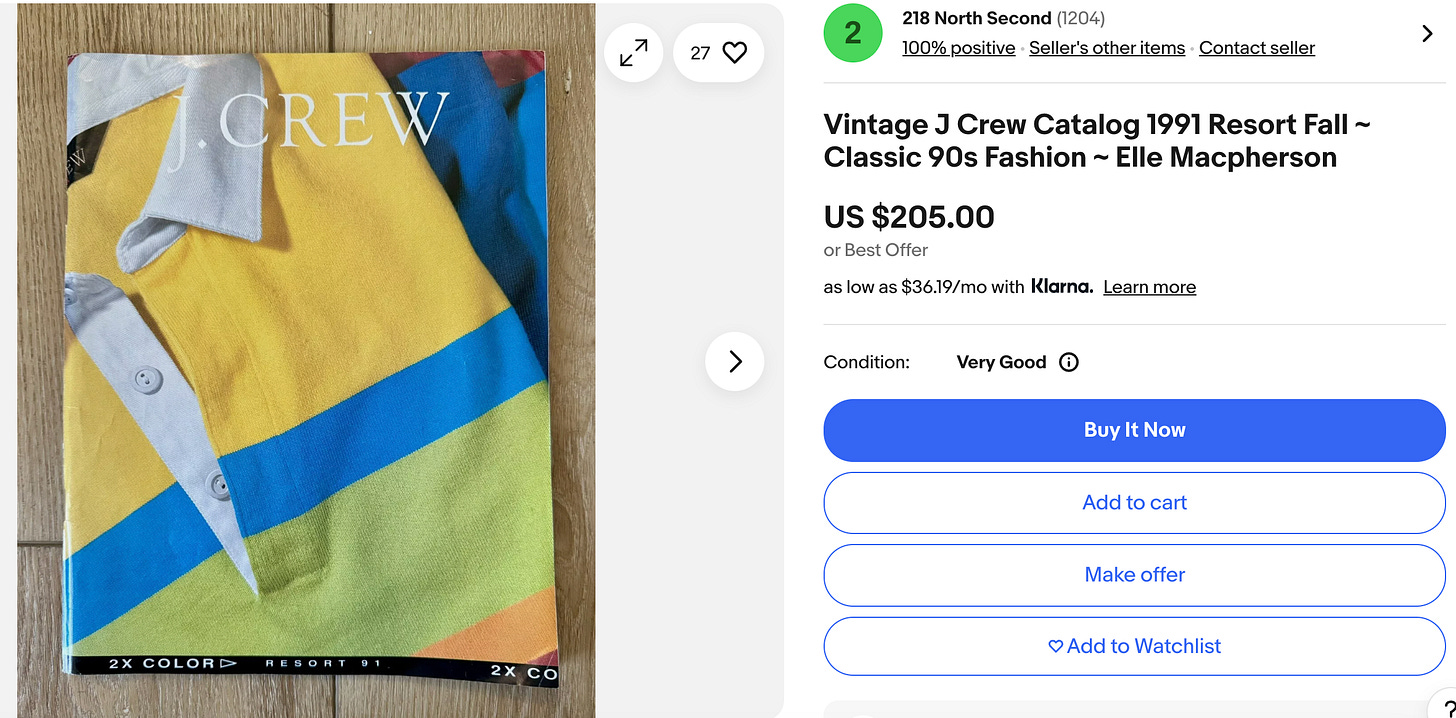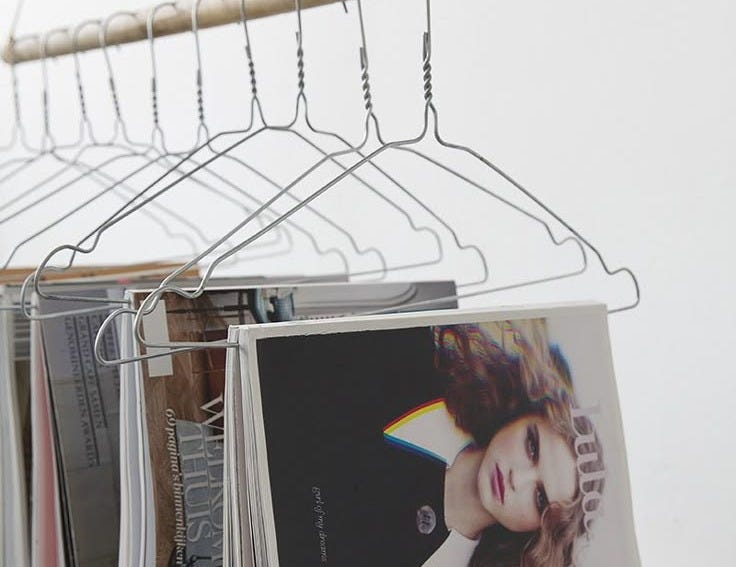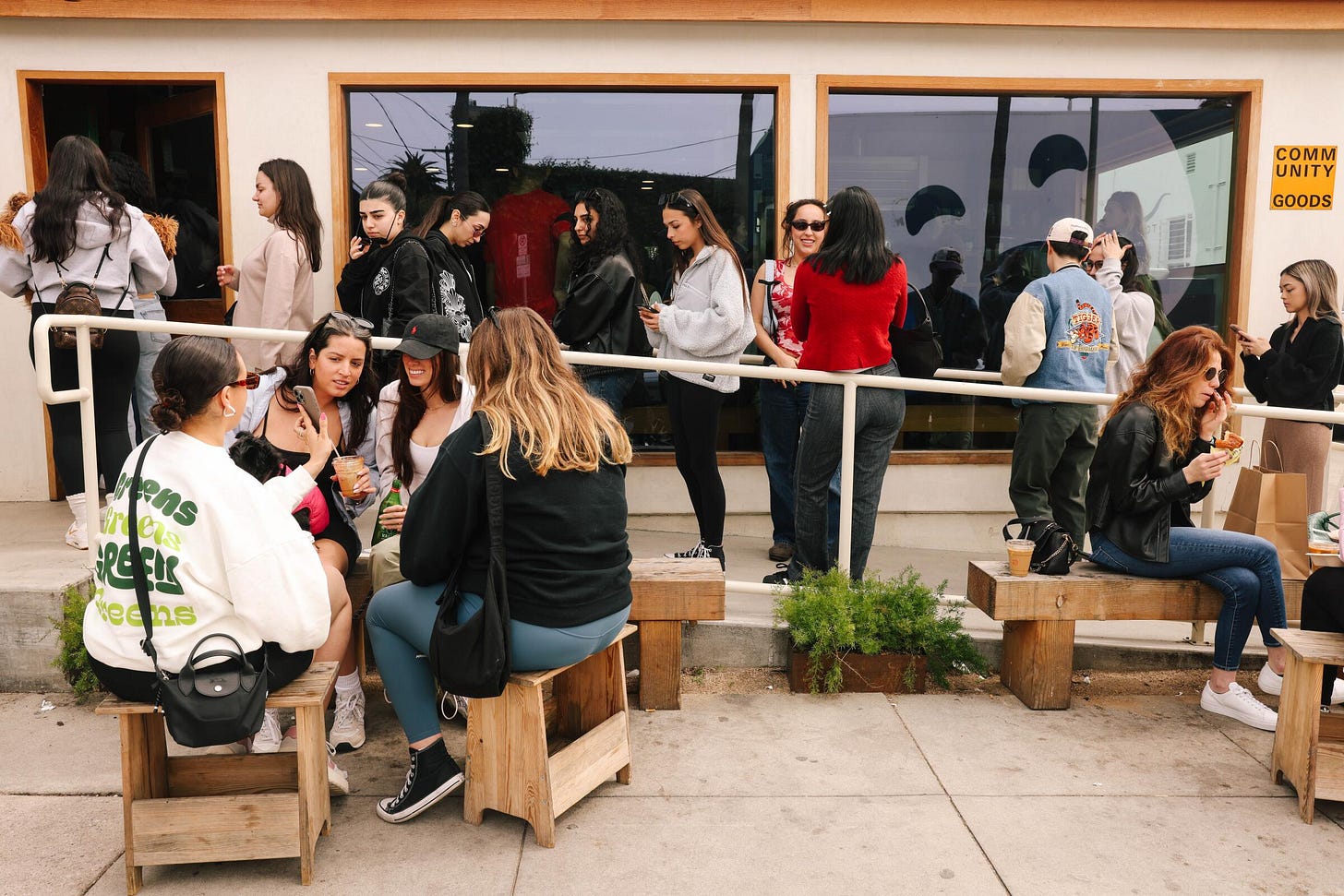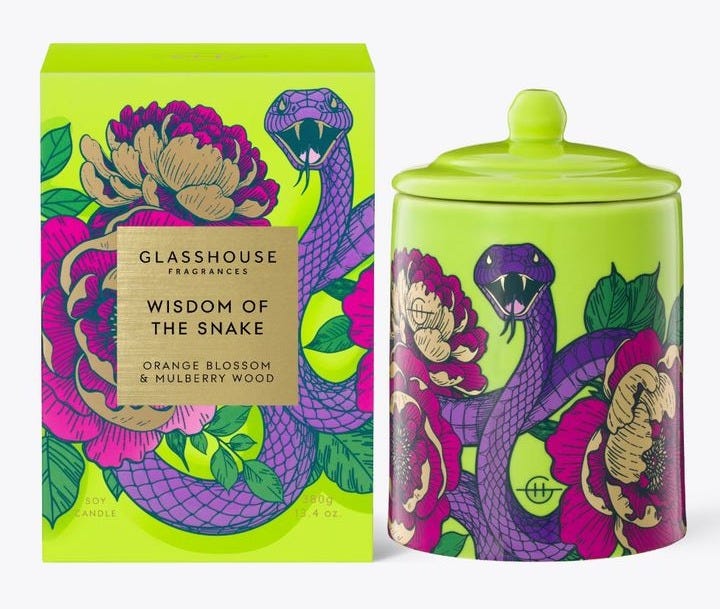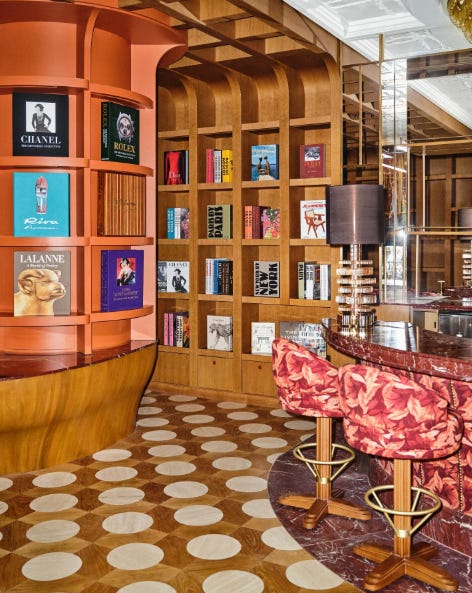The Return of Touch: When Digital Natives Go Analog
After all, in a world where everything can be touched through a screen, isn't it remarkable when something touches us back?
I was rushing through the East Village with my husband, late to a comedy show, when we almost steamrolled through a group photo.
“That was my last film!"one girl practically shrieked. "I have one more!" another yelled, frantically pulling out her green disposable camera.
Wait. Film? These are the kids who can livestream, story, and simultaneously edit while walking. This is the generation that has never known a world without smartphones, yet they're choosing to limit themselves to 27 shots per camera. These digital natives are actively choosing physical constraints as a form of rebellion against infinite scroll culture.
Our latest research with Quad reveals something every retailer needs to understand: while brands chase the next digital trend, Gen Z and Millennials are desperately craving what we've forgotten how to deliver—touch.
Status is Going Offline
Here's the reality: Americans, especially Gen Z, are actively recalibrating their relationship with digital. 81% of Gen Z say they "often wish I could disconnect from digital devices more easily," but it's not easy, and they want help being pulled out of the digital algorithm and into the real world.
Meanwhile, retailers have completely lost the plot. Years of optimizing for "streamlined transactions" have created something nobody asked for: forgettable, transactional retail shopping experiences. 66% of Gen Z and Millennials say in-store shopping experiences "blur together." Of course, they do—they've stripped away everything that made shopping magical in the first place.
The Print Renaissance: Collecting Desire
The same young people filling their apartments with vinyl records and creating intentionally curated spaces are now coveting print catalogs with the same fervor.
71% of all consumers say "print catalogs or magazines feel more authentic than digital campaigns," but among young consumers, the behavior goes deeper:
79% of Millennials look forward to receiving catalogs from brands
72% of Millennials keep catalogs from brands for at least one month
64% of Gen Z keep well-designed catalogs or mailers as décor or inspiration
J.Crew brought back its print catalog after seven years. Amazon—the company that supposedly killed retail—now sends out holiday toy catalogs. Even digital-first brands like Parachute and UNTUCKit have quietly added print to their arsenal.
But here's the key: 72% of Millennials and 70% of Gen Z wish more brands focused on "surprising me through mail." They're not just collecting any print—they want brands that understand curation as an art form.
And it works: 78% of Gen Z and Millennials report that physical mail from retailers has prompted them to visit a brand's physical store. Print isn't nostalgic—it's an act of curation that drives foot traffic.
The Rise of Retail Tourism
Remember when shopping was destination-worthy? It's happening again, but with a twist. From waiting in line for the latest streetwear drop to camping out for a new bakery opening, young people don't do this because they don't value their time—it's because it's a scene, it's a vibe, and it's a gathering. A time where people come together and serendipitously connect, in a world where everything else is pre-planned and algorithmic.
77% of Gen Z and Millennials say “I’ve planned a trip around visiting a retail store or brand that I was excited to visit in person”, while 79% say "I've gone out of my way to visit a unique store experience."
Destination shopping = cultural participation
73% of Gen Z and Millennials say "shopping at a hyped retailer or pop-up feels like being part of a cultural moment."
29% are willing to wait 2+ hours for a shopping experience
Even more telling: 60% say waiting in line for a hyped retailer is "part of the fun."
This isn't inefficiency—it's community building in real time. And young people are clear about what they want: 77% of Gen Z and Millennials say "stores should feel like destinations, not just places to buy products."
The Return on Touch: Driving Real Loyalty
Brands are discovering that meeting young Americans where their emerging desires are creates new market value.
The Return on Touch delivers across four critical metrics:
Authenticity: Physical experiences and print materials drive deeper trust. In a world of deepfakes and AI-generated everything, tangible objects carry weight that pixels simply can't match.
Attention & Memorability: 88% of consumers say, "It's easy to remember physical store experiences that go out of their way to engage customers." Real experiences cut through digital noise in ways algorithms can't replicate.
Purchasing Tipping Points: Physical touch changes spending behavior. 81% of consumers hesitate to splurge on high-end items without physically verifying quality. And packaging drives real ROI, especially with Gen Z and Millennials—69% say it makes or breaks their purchase decision, and 63% admit to purchasing just because of packaging alone. Meanwhile, 74% of young consumers are likelier to buy from brands that create unique unboxing experiences.
© Southern Roots
Long-Term Loyalty: 71% say "experiencing a brand in a physical store deepens my connection and loyalty to it." These aren't just transactions—they're relationships built through shared physical space and tangible experiences.
What brands need to think about
[Above: Printemps, NY, self-described as “A French apartment in the heart of New York City.”]
The future isn't about choosing between digital and physical—it's about understanding that young consumers are hungry for both, but in balance. They want the convenience of digital and the magic of physical. They want infinite possibilities online and finite, precious moments offline.
Bring back print that people actually covet, not just tolerate
Design retail spaces that feel like community centers, not transaction centers
Create packaging worth keeping and sharing
Build experiences worth traveling for and waiting in line for
Use digital tools to enhance, not replace, physical experiences
After all, in a world where everything can be touched through a screen, isn't it remarkable when something touches us back?
Big shout out to our research team Tim Osiecki and Esther Kwon, and our amazing partners at Quad, who make this research possible.
3 Links
Thanks for reading The Next Big Think!! Subscribe for free to receive new posts and support my work.
Curiosity is contagious; if you like this newsletter, please share it!!
Penned by Libby Rodney and Abbey Lunney, founders of the Thought Leadership Group at The Harris Poll. To learn more about the Thought Leadership Practice, just contact one of us or find out more here.








